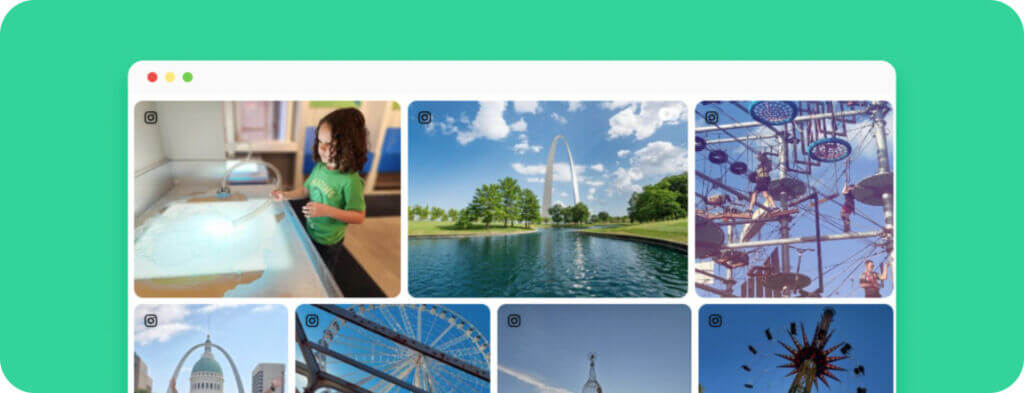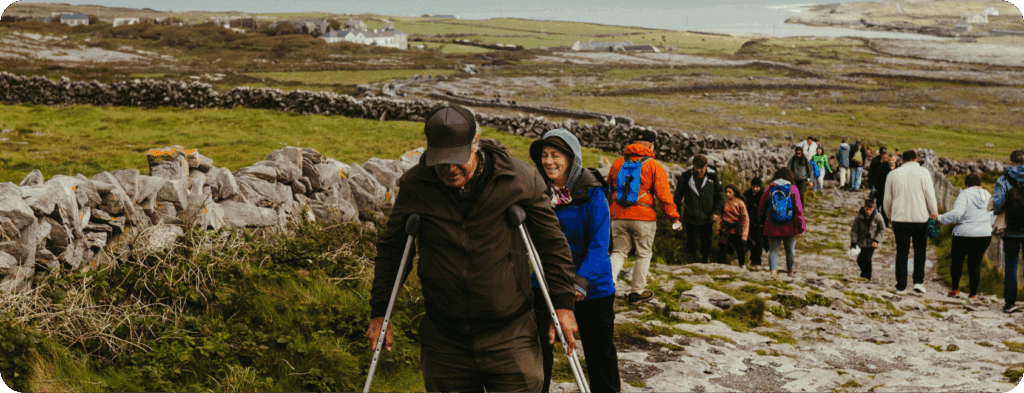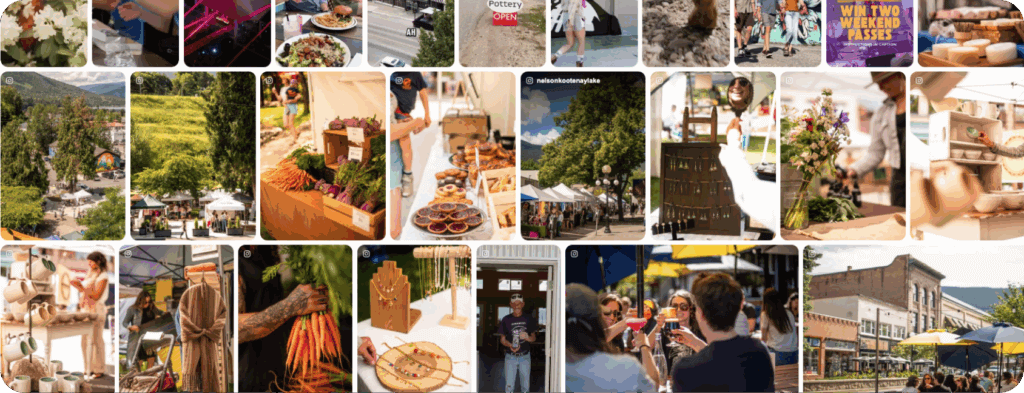
The world’s greatest museums are a feast for the senses. Their websites should be, too. These sites need to blend the latest user-generated content (UGC) with creative, click-worthy features in order to attract potential visitors and showcase their collections.
All the best museum websites have a few things in common. Read on to find out what they are.
1| They Showcase Creative, User-Generated Content
The Royal Ontario Museum (ROM) boasts plenty of UGC on their website, which forms part of their digital identity. Visitors to the museum can take photos and videos of exhibitions and share these on social media using the hashtag #atROM. The ROM features the most creative content on their website.
The ROM has seen good results by incorporating UGC into their web design. Visitors now spend four times longer on the ROM site, and bounce rates have dropped by a huge 30 percent. This echoes other studies that demonstrate the unparalleled power of UGC. Research shows that websites with UGC generate a 20 percent increase in return visitors and a 90 percent increase in the amount of time spent on the site.
UGC has also helped the ROM create an online community.
It’s been really easy to show the power of earned media and UGC,” says Ryan Dodge, former digital engagement coordinator at the ROM. “We no longer tell people that we are cool, people are doing it for us.
The ROM features UGC in a physical space, as well. Visitors can look at UGC photos on digital displays as they enter the museum’s main building.
2| They Promote Collections and Exhibits With CTAs
The Field Museum of Natural History might collect artifacts from the past, but the museum wants to look toward the future with its digital marketing.
Like the ROM, the Field Museum of Natural History incorporates UGC into their website to promote their exhibits and collections. An online gallery pulls content from social media users who tag photos with @FieldMuseum, and users can hover over an image and learn more about the particular exhibit in the picture. They will also see a call-to-action (CTA) that promotes ticket sales.
(Quick tip: CTAs are an awesome marketing hack. One study suggests that CTAs boost website conversions by as much as 25 percent.)
This one-two punch marketing strategy not only drives sales but increases awareness about the museum’s services. Other museums might want to follow suit. Research shows that visitors to websites with UGC galleries — like those on the Field Museum of Natural History’s site — spend 90 percent more time on those sites.
3| They Reflect The Audience They Aim to Attract
How can you make art more accessible to the public? The team at the Denver Art Museum (DAM) asked themselves this question and decided to raise awareness about their collections on their website. They did this by coming up with the “Make Art More Accessible” campaign, which showcases UGC across their digital platforms.
Using UGC galleries on their website, the museum curates content from visitors who post photos of themselves on social media interacting with exhibits. Website users can see how these museum visitors experience art.
Unlike a traditional ad, which might showcase the museum’s exhibits using the latest flashy graphics, the DAM’s UGC galleries are completely authentic and promote shared experiences. They serve as personal recommendations from real people who visited the museum in the past.
“From a communications standpoint and as a museum overall, we always want art to be accessible, and let people know that art is for everyone,” says Shannon Robb, communications and public affairs coordinator at the Denver Art Museum.
4| They Get Referrals From Local Partners
Although not the official Smithsonian site, Fairfax County uses UGC to promote DC-area Smithsonian museums on its tourism pages. Website visitors can see real photos from real people who have visited exhibits. Fairfax County pulls these pictures from Instagram and collects them all in an online gallery.
These user galleries have proved successful. Fairfax County experienced an 85 percent increase in the amount of time spent on their Smithsonian page after they incorporated the design feature. Perhaps this is because people see travel as an emotional experience and are more likely to spend time on a website if they see images that move, inspire, or challenge them.
5| They Showcase The Experience to Increase Ticket Sales
Like the other museums on this list, UGC allows the Natural History Museum of Los Angeles to showcase their exhibitions online. This technique helps attract visitors and increase digital ticket sales. Conversions increase by 10 percent when websites incorporate UGC into their purchase paths, according to one study.
The Natural History Museum of Los Angeles created the #HowDoYouMuseum campaign, where visitors can tag exhibits in photos on social media. The museum features the best photos in an online gallery on their website.
Think museum websites are dull? The five sites on this list prove otherwise. All of the museums above incorporate elements like UGC, CTAs, and images to drive awareness about collections and exhibits, increase ticket sales, and promote services.












